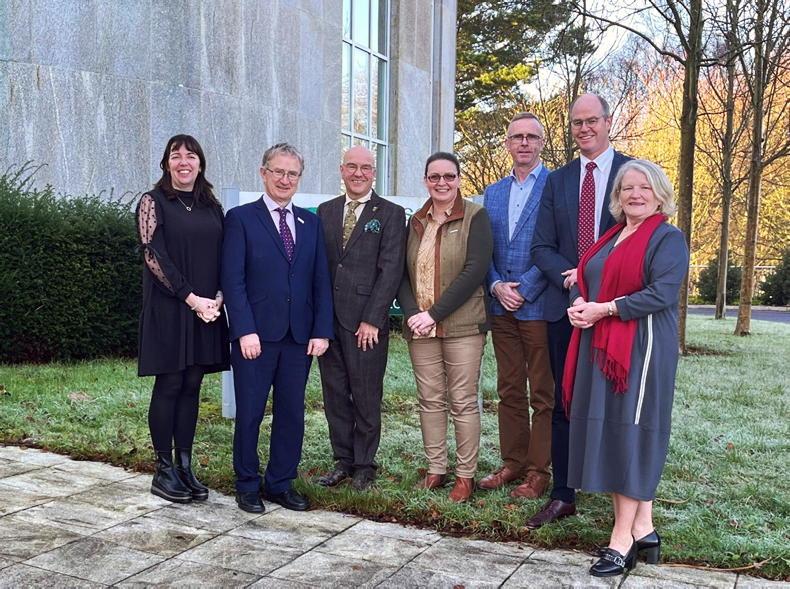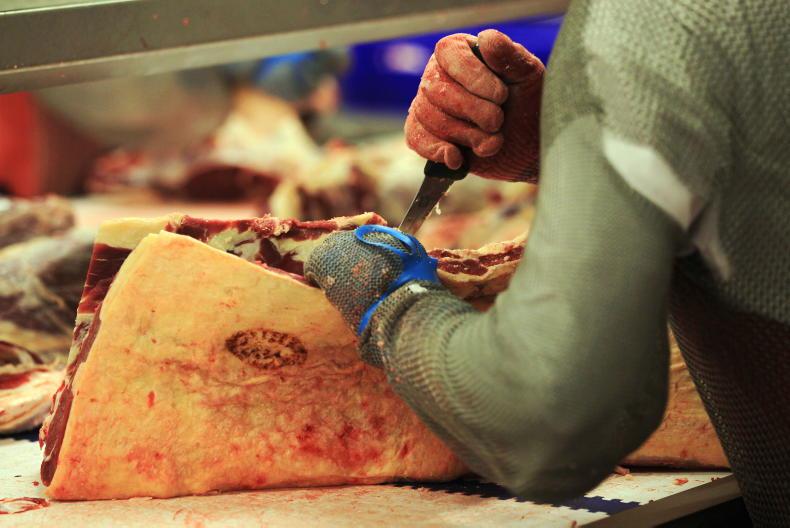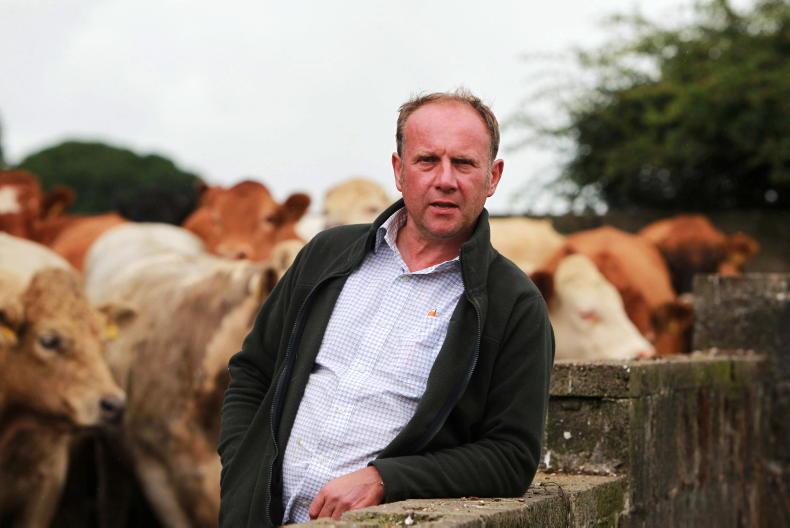Some vegetable growers have recently paid up to €2,500/ha to secure suitable land, a Teagasc report on horticulture crop input costs has found.
Renting land is important from a rotational perspective for the country’s vegetable sector, and the price of renting land for field vegetable production has increased significantly as growers compete.
“The dairy sector in particular is currently paying up to €1,425/ha over a 10-year lease,” Teagasc said.
"Rental land for vegetable production needs to be suitable for vegetable growing and close to packing facilities to avoid excessive costs.
“Some vegetable growers have recently paid up to €2,500/ha to secure suitable land.
“On average, land rental price has inflated in the region of 11% for brassica crops and 15% to 20% for root crops. It's also becoming increasingly difficult to source.”
Inflation
Inflation on crop protection products is variable, with some products increasing by up to 45% in exceptional cases. However, the average price increase for crop protection products is 15%.
In relation to vegetable seed, an annual inflation of around 2% is usually expected.
However, this year seed prices have increased by an average of 10%, while plant propagation has increased by approximately 8%, Teagasc found.
Labour costs
In Teagasc's report, labour is defined as a key input in the horticulture sector, representing on average 40% of total input costs for most sectors.
As an input, it has increased by between 7% and 11%, depending on sector, during the reference period (March 2022 compared to March 2023).
“This is due to a combination of factors, including the national minimum wage increase from €10.50 per hour to €11.30 per hour. The introduction of an additional bank holiday in February and increases in statutory sick pay have likewise contributed to increases.
“There have been increases in costs associated with advertising, recruitment and training over the period too, reflected in overall labour unit increases,” Teagasc said.
It added that many growers expend resources on sourcing work permits, visa applications and staff accommodation, as well as providing transport and other welfare services for staff arriving from overseas.
Competition
In addition, there is significant competition with other sectors of the economy and many primary producers are finding that they need to offer competitive rates to attract the right staff.
The efficiency of labour-use reduces when key staff with good skill sets cannot be sourced, leading to increased costs.









SHARING OPTIONS